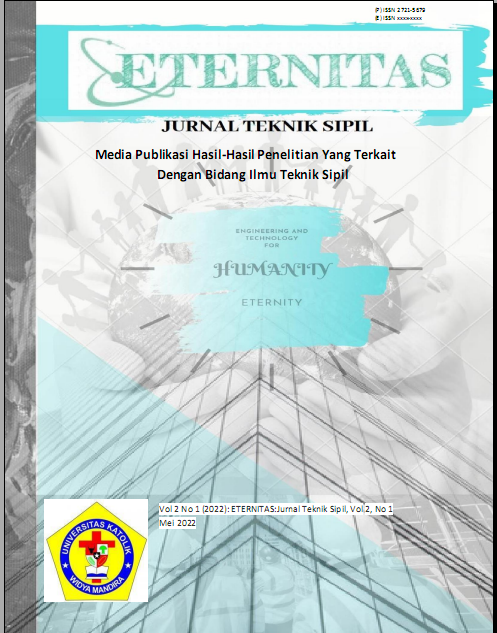ANALISIS EROSI PADA DAS NOELMINA MENGGUNAKAN METODE USLE
Main Article Content
Abstract
Erosion is an event of the transport of soil or parts of the soil from one place to another by natural media. The natural media that plays a role are water and wind erosion causing the loss of the soil layer which can reduce the ability of the soil to absorb and hold rainwater that falls on the ground. (Rauf.A, 2011). The erosion process can be viewed from three successive processes, namely detachment, transportation, and sedimentation (Suripin, 2002). The three stages of erosion are the stage of release from the soil mass, the stage of transport by erosive media such as water flow and wind, and the stage of deposition which occurs under conditions of weakened flow. Erosion can also be called erosion or peeling which is a process of washing away by the forces of water and wind, both occurring naturally or as a result of human actions. Another understanding also states that erosion is the loss of parts of the land that move due to water or wind from one place to another. From the definition of erosion above, it can be concluded that erosion is a process of loss or peeling of the earth's top soil due to natural factors and organisms. The Noelmina River Basin is located between Kupang Regency and TTS Regency. 40 km. Using the Usle method, the rainfall erosivity value (R) = 824.88, with the most dominant slope 26-40% with an S value of 0.26, the dominant soil type is Litoshol with a K value of 0.075. From the values above, it is known that the amount of erosion that occurs is 524.24 tons per year.
Downloads
Article Details

This work is licensed under a Creative Commons Attribution-NonCommercial-ShareAlike 4.0 International License.

